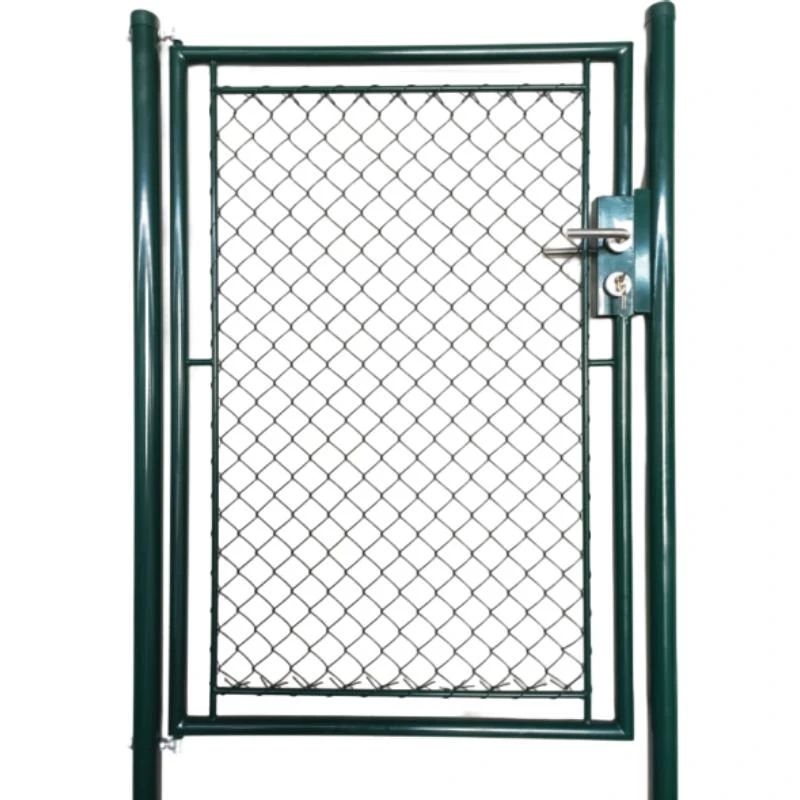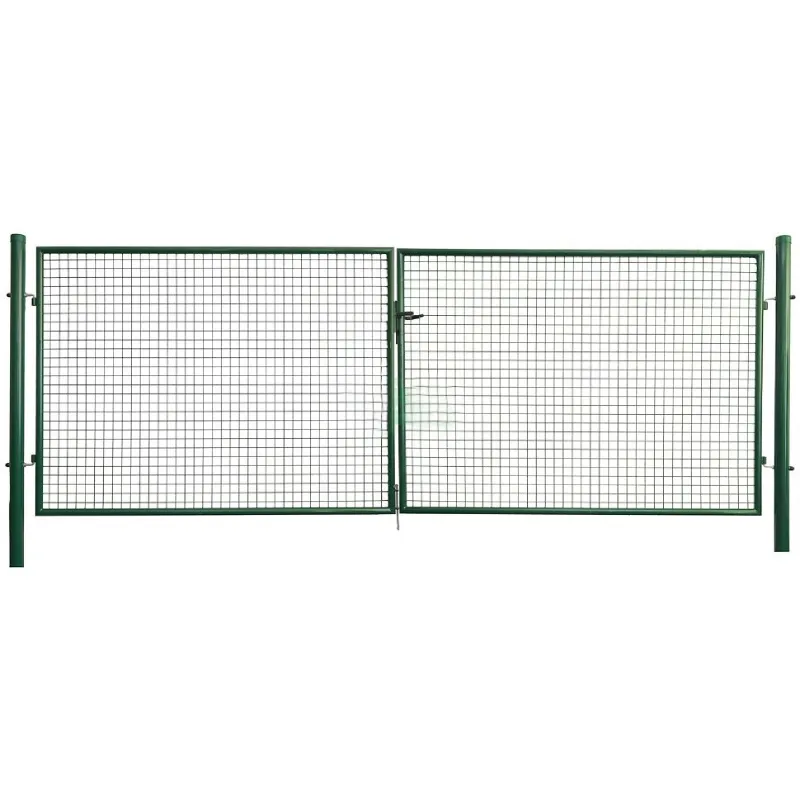-
E-poçta:zhao@hyliec.cn
-
Tel:+86 311 85273988
-
WhatsAPP:8613931128750
-
 Afrikaly
Afrikaly -
 Alban
Alban -
 Amhar
Amhar -
 Arapça
Arapça -
 Ermeni
Ermeni -
 Azerbaýjan
Azerbaýjan -
 Bask
Bask -
 Belarus
Belarus -
 Bengali
Bengali -
 Bosniýa
Bosniýa -
 Bolgar
Bolgar -
 Katalan
Katalan -
 Sebuano
Sebuano -
 Korsikan
Korsikan -
 Horwatiýa
Horwatiýa -
 Çeh
Çeh -
 Daniýaly
Daniýaly -
 Gollandiýaly
Gollandiýaly -
 Iňlis
Iňlis -
 Esperanto
Esperanto -
 Eston
Eston -
 Fin
Fin -
 Fransuz
Fransuz -
 Frizian
Frizian -
 Galisiýa
Galisiýa -
 Gürji
Gürji -
 Nemes
Nemes -
 Grek
Grek -
 Gujarati
Gujarati -
 Gaiti kreoly
Gaiti kreoly -
 hausa
hausa -
 hawaiian
hawaiian -
 Hebrewewreýçe
Hebrewewreýçe -
 .Ok
.Ok -
 Miao
Miao -
 Wenger
Wenger -
 Islandiýa
Islandiýa -
 igbo
igbo -
 Indoneziýaly
Indoneziýaly -
 irish
irish -
 Italýan
Italýan -
 Japaneseaponlar
Japaneseaponlar -
 Javaneseawan
Javaneseawan -
 Kannada
Kannada -
 Gazak
Gazak -
 Khmer
Khmer -
 Ruanda
Ruanda -
 Koreýçe
Koreýçe -
 Kürt
Kürt -
 Gyrgyzystan
Gyrgyzystan -
 Inçekesel
Inçekesel -
 Latyn
Latyn -
 Latwiýa
Latwiýa -
 Litwa
Litwa -
 Lýuksemburg
Lýuksemburg -
 Makedoniýa
Makedoniýa -
 Malgaşi
Malgaşi -
 Malaý
Malaý -
 Malaýalam
Malaýalam -
 Malta
Malta -
 Maori
Maori -
 Marathi
Marathi -
 Mongol
Mongol -
 Mýanma
Mýanma -
 Nepali
Nepali -
 Norweg
Norweg -
 Norweg
Norweg -
 Oksitan
Oksitan -
 Puştun
Puştun -
 Pars
Pars -
 Polýak
Polýak -
 Portugaliýa
Portugaliýa -
 Penjebi
Penjebi -
 Rumyn
Rumyn -
 Rus
Rus -
 Samoan
Samoan -
 Şotlandiýaly Gael
Şotlandiýaly Gael -
 Serb
Serb -
 Iňlis
Iňlis -
 Şona
Şona -
 Sindhi
Sindhi -
 Sinhala
Sinhala -
 Slowakiýa
Slowakiýa -
 Sloweniýa
Sloweniýa -
 Somali
Somali -
 Ispan
Ispan -
 Sundanese
Sundanese -
 Suwaýili
Suwaýili -
 Şwesiýa
Şwesiýa -
 Tagalog
Tagalog -
 Täjik
Täjik -
 Tamil
Tamil -
 Tatar
Tatar -
 Telugu
Telugu -
 Taý
Taý -
 Türk
Türk -
 Türkmenler
Türkmenler -
 Ukrain
Ukrain -
 Urdu
Urdu -
 Uýgur
Uýgur -
 Özbek
Özbek -
 Wýetnamly
Wýetnamly -
 Uels
Uels -
 Kömek ediň
Kömek ediň -
 Yiddishahudy
Yiddishahudy -
 Yorubaoruba
Yorubaoruba -
 Zulu
Zulu
Bag derwezeleri
Cheap Garden Gates For Sale
You can find cheap garden gates for sale at various home improvement stores, online retailers, and local hardware shops. Consider looking for sales, clearance items, or second-hand options to find affordable garden gates that meet your needs. Additionally, exploring different types and sizes can help you find cost-effective solutions for your garden gate. Be sure to compare prices, quality, and reviews to make an informed decision.
Garden Gate Construction
1. Planning: Determine the location and dimensions of the gate, considering the width of the pathway or opening. Decide on the type of gate, such as a single or double gate, and the materials to be used.
2. Materials: Select the appropriate types and sizes for the gate, such as round tube gates or square tube gates, single wing gates or double wings gates, ensure to meet requirements of maximum.
3. Frame assembly: Construct the frame of the gate using the chosen types and sizes . This may involve cutting and assembling the frame pieces, ensuring that they are square and level.
4. Adding infill: Depending on the design, add infill materials such as pickets, panels, or mesh to the gate frame. Secure the infill materials to the frame using appropriate fasteners.
5. Hardware installation: Install hinges, latches, and any additional hardware required for the gate to function properly. Ensure that the hardware is durable and suitable for outdoor use.
6. Finishing touches: Sand the gate to smooth any rough edges and apply a protective finish or paint to enhance its durability and appearance.
7. Installation: Once the gate is constructed, install it in the desired location, ensuring that it swings freely and latches securely.
It's important to follow any local building codes or regulations when constructing a garden gate, especially if it will be used as a boundary or security feature. If you're unsure about the construction process, consider consulting with a professional or seeking guidance from experienced individuals.





